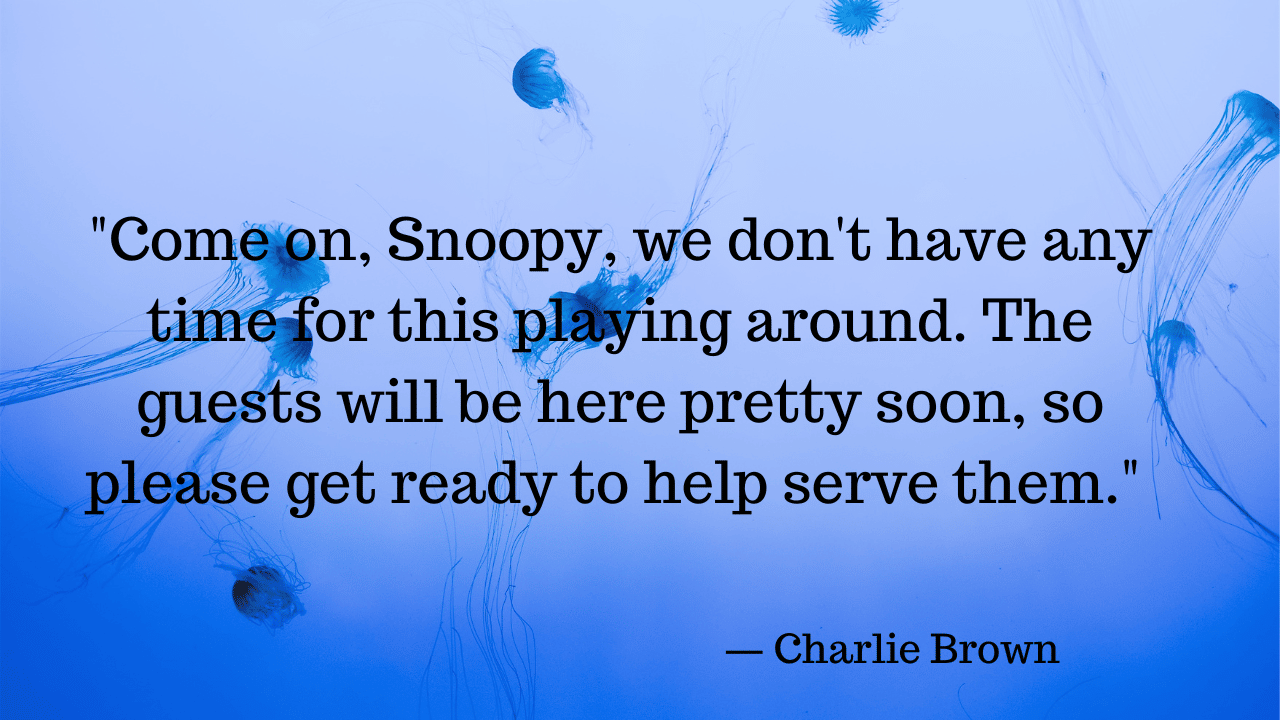Are you looking for the best grants for community gardens to maintain a community or neighborhood garden? As a public gardener, you may be eligible for one of the many awards available to non-profit gardens. Please be sure you are eligible before applying, as many have limits.
Community garden grants can be of benefit to everyone in the community. A good number of the funds are also used in rehabilitating the community school system.
How to Start a Community Garden
A community garden can address various unmet needs in areas concerned with sustainable agriculture, at-risk youth, mental health, and food insecurity. Neighborhoods, parks, companies, and many other sites have community gardens. A lot of people have inquiries regarding how to go about creating a communal garden.

YOU WILL ALSO LIKE: 15 Garden Classes Online in 2022
Check out the materials provided by the American Community Garden Association (ACGA) at communitygarden.org if you oversee a community garden or are considering beginning one. ACGA created the stages listed below for developing a community garden. Below are additional suggestions we have.
1. Form a Committee
Invite anyone you believe would be interested in a group gathering that you have planned. These people could be entrepreneurs, educators, or civic figures. Gauge interest at this initial meeting and decide the group’s direction. Do you require conventional or organic?
Do you wish to cultivate flowers in addition to food crops like vegetables, herbs, and other edible plants, or just those? Consider fruit trees. Do you require raised beds or plots? How about a community garden? The next step is to create a committee once you have a list of interested parties and requirements.
2. Identify the Essential Items Needed
Make a list of your available resources, needs, and potential helpers. You’ll need a location for the garden and a knowledgeable individual in horticulture or fundamentals of agriculture.
Will you need to find private land, or can you use the public land that the municipality has? If your group does not own the garden site, land-use agreements could be required (you can find one example at communitygarden.org/resources/sample-land-use-agreement).
You may also think of organizations that could use the garden as a project, such as Boy Scout troops, 4-H clubs, or FFA chapters. Even though some resource requirements won’t be known until the final plan is authorized, you should consider your possibilities immediately.
3. Choose a Site
At least six hours of direct sunshine per day should reach your place. The location should be convenient for access and close to a water source. It’s also crucial to have good soil drainage. Get soil samples examined from potential locations. Even though the location appears ideal, a test is necessary to determine the soil composition.
YOU WILL ALSO LIKE: 15 Online Courses On Terrace Vegetable Garden
4. Develop the Site
Once a location has been chosen, begin cleaning the ground and planning and building the garden. Will the garden be fenced? A fence can offer security and deter animals who could be more delighted by your abundant harvest than you are. If your plots are appropriately designed, you may make them larger and manage them with a little tractor.
5. Ensure Rules are clearly stated
Establish limitations for participants. Inform participants of what is possible and what is not. Will you remit payments? How and when? You can find that information here. Will the participants be expected to provide anything, such as the required hours of labor supplied for general maintenance?
It should be written, with copies given to participants and documents kept, signed, for the garden. The sample garden rules are available at communitygarden.org/resources/sample-garden-rules; you may even put this information there. Liability releases could also be necessary to safeguard your team before permitting visitors onto the property. Seeking legal counsel is a good idea.
6. Communicate with Participants
Do you hold meetings or maintain mailing lists, emails, or newsletters? Frustration in groups can be a significant cause of poor communication.
In addition to offering a place to enjoy the outdoors and grow your food, community building is one of a community garden’s most underappreciated objectives. Keep the lines of communication open with everyone.
YOU WILL ALSO LIKE: 10 Best Tools For Gardening In 2022 | Best Tools
Best Grants for Community Gardens in 2023
With the help of research associates and industry experts, below are the best grants for community gardens you can apply for in 2023.
1. Community Sufficiency Grant Program
Grants are available for Community Resilience Organizations (CROs) with a base in Vermont or for a committed team to become a CRO. Learn about CROs and how to launch your group. Up to $2500 in applications are accepted on a rolling basis. Questions can be directed to May Erouart at [email protected].
2. Harlem Grown in Harlem, NY
Their goal is to encourage young people to have active, healthy lives by providing mentorship and practical instruction in urban and community gardening, sustainability, and nutrition. They have turned vacant spaces and schoolyards throughout Harlem into gardens for the past ten years.
They also collaborate with the majority of the neighborhood elementary schools to offer summer camps and after-school programs. They will provide year-round gardening activities for kids and adults with a Growing Dome.
3. Seed Money
Public food gardens in the US and around the world can start established and flourish with the assistance of SeedMoney. They collaborate with a range of neighborhood organizations, such as local food banks, community farms, school gardens, and other nonprofits.
They provide their partners with access to user-friendly online crowdfunding technologies, cutting-edge garden planning tools, training in online outreach, and grants ranging from $100 to $5,000.
Doing this, they help underserved communities and projects become more financially and nutritionally self-sufficient.
YOU WILL ALSO LIKE: 42 Community Service Scholarships in the USA 2022
4. National Head Start Association
The GroMoreGood initiative aims to increase the number of food gardens for young children and their families by making garden grants, garden kits, educational curricula, and gardening training available to all Head Start programs.
The initiative also encourages the development of green space initiatives or property covered in grass, trees, shrubs, or other vegetation types, as a way for kids and the community to learn.
5. Economic Impact Initiative Grants
The Fruit Tree Planting Foundation (FTPF) is an international nonprofit organization that has won awards for its commitment to planting fruitful trees and other vegetation to reduce world hunger, fight global warming, strengthen local communities, and enhance the air, soil, and water quality.
In locations including community gardens, public schools, city/state parks, low-income areas, Native American reservations, international famine relief sites, and animal sanctuaries, FTPF programs carefully distribute orchards where the harvest will best serve communities for generations.
6. Trees Forever: Granting a Better Tomorrow
Grants between $100 and $1,500 are available, with a focus on young people, underserved communities, and schools. These grants are intended for American projects that fall outside the scope of existing Trees Forever initiatives.
Giving a Better Tomorrow funds are available for educational and tree-planting projects, such as orchards, school memorials, cemetery plantings, pollinator (trees and plants) plantings, rain gardens with trees, classroom projects, club or church projects, and disaster recovery initiatives.
Their experts will be pleased to assist your group in planning and completing a successful, long-lasting project if you need help with your project.
7. Scotts Miracle-Gro Foundation & KidsGardening
The Scotts Miracle-Gro Foundation and KidsGardening have created the GroMoreGood Grassroots Grant to help communities all throughout the country benefit from gardens’ life-improving qualities. In 2023, 160 programs will be given out.
8. Fiskars’ Project Orange Thumb
Fiskar sponsors initiatives that promote creativity, learning, and biodiversity. The grants support community gardening programs and school gardening programs across North America in an effort to have a significant impact. Fiskars offers sponsorship to initiatives that promote creativity, learning, and biodiversity.
9. Grassroots Fund Grow Grants
The New England Grassroots Environment Fund offers grants of $1,000 to $4,000 for established community gardens in order to expand their capabilities, collaborate, and multiply their effects (Grassroots Fund).
Eligible organizations must meet the following criteria: they must operate in New England, rely primarily on volunteers, employ no more than two full-time paid staff (or equivalents), and have an annual operating budget under $100,000. The application deadlines are the third Tuesday in March and September of each year.
10. Clif Family Foundation
These grants help pay for ongoing expenses and particular projects. Priority funding will be given to applicants who are working to improve the community’s access to healthy food, protect the environment, and conserve natural resources.
Three times a year, applications are considered; the deadlines are February 1, June 1, and October 1. Grants awarded during one cycle will be announced at the beginning of the following cycle.
YOU WILL ALSO LIKE: 15 Best Grants for Adults with Disabilities in UK | 2023 Application
Where is the Best Place to Put a Community Garden?
Ideal settings can be found in parks, service centers, schools, utility easements, apartments, churches, or synagogues. The garden placement should be convenient for the gardeners who will care for it.
Gardeners occasionally suggest converting their own private property into a community garden, with themselves serving as the resident coordinator.
Pros And Cons Of Community Gardening
Most community garden difficulties are small, but sporadically they completely derail the project’s goals. This is why it’s a good idea to be aware of the drawbacks of communal gardening before reserving a place. Both points of view, the benefits and drawbacks of community gardening, are presented here.
Pros of Community Gardening
Accessible to all
Everyone should have access to the ability to grow food. If you don’t live in a rural area, it’s likely that you aren’t located on much, if any, open ground.
With the introduction of community gardens, more people who did not previously have the choice of gardening could do so.
Source of fresh food
In terms of community gardens, equal opportunity is incredibly satisfying, rewarding, and important for a variety of reasons. Some people may have limited access to fresh food because of obstacles including price. It is indisputable that fresh food purchased from a grocery shop is more expensive than produce cultivated at home.
A community garden could also be the only source of fresh food close by for a gardener with limited mobility and transportation access. These are only one of the many benefits of communal gardens.
Reduces crime
Let communal gardens scatter seeds throughout seedy areas! Every neighborhood has empty lots. And as we all know, occasionally, unfortunate events occur in favorable but otherwise empty circumstances.
This is where community gardening’s advantages can truly be seen, as once they start taking over vacant lots, crime seems to go down, which is just one of the numerous advantages of having a community garden.
Enhances Value
Not only can plants grow, but community gardens may also raise the value of nearby properties and promote rising homeownership rates.
Healthier Communities
Community gardens have beneficial impacts since they are just as important as a local gym or community health center in terms of feeding and revitalizing the body as well as nurturing the mind. As a physical activity, gardening offers the potential for increased physical health.
Because gardening is a stress-relieving, calming hobby, your mental health may also benefit from it. Even scientific research supports it. You come into contact with soil antidepressant bacteria while gardening, which improves your happiness and health.
YOU WILL ALSO LIKE: Secret Garden Quotes
Cons of Urban Agriculture
Conflicts
Conflicts between individuals are one issue with communal gardens. It is inevitable that there will be disagreements, jealousy, and other undesirable outcomes when individuals work closely together.
Cultural differences can escalate minor disputes. Communities with a diverse population of ethnic and racial groups frequently have community gardens there. There will be some disagreement over the regulations, and this could result in verbal or even physical altercations.
Harvest issues
You should think about the benefits and potential losses. Most of the time, individual gardeners or groups will gather their own produce, which is then used in households or as part of a food outreach effort for the community.
However, some people will steal your exquisite tomatoes or your large, plentiful peonies at night because they desire the produce for themselves. Theft of tools and vandalism are both frequent. Community gardens frequently become the subject of nefarious vandals’ and taggers’ “art projects.”
Competition for resources
According to neighborhood organizations, one of the main issues with community gardens is their capacity to modify a location, altering the character and flavor of a neighborhood while reducing the amount of garden space that impoverished gardeners may use.
The competition among non-profits for funding, contributions, and sponsorships from nearby businesses is another drawback of community gardens. Because of the struggle for limited resources, each project may suffer and run out of resources.
Frequently Asked Questions
Make sure the location is appropriate.
Request authorization from the owner.
Verify the availability of water and the zoning restrictions.
Crowdsource your work and formalize it.
Plan out your landscape…. Keep your setup safe.
Budget and raise money.
Develop the place and prepare it.
A community garden depends on its residents to thrive. They typically profit from recurring membership fees. These subscriptions might be straightforward or include continuous gardening supplies. There are other earning prospects in gardening supply stores, seed stores,
A fresh garden requires a lot of labor to start. Make sure you have a number of individuals on hand to assist you. Our cumulative experience suggests that there should be at least ten interested households to create and maintain a garden initiative.
By encouraging sustainable agriculture, community gardens can reduce harmful environmental effects. They also cut down on water runoff and the expense of transporting food. Urban agriculture has advantages for both people and animals as well as plants. This is because it cultivates habitats and enhances the local environment.
Conclusion
Apart from fostering unity and peace, especially in racially diverse communities, community gardens have also been integral to food security initiatives in major cities and states in the United States.
Through grants for community gardens, communities and groups can access more resources and tools to build on what they already have. However, ensure you read the eligibility requirements of the grants to avoid disqualification.
References
- Public Garden Funding Resources – www.publicgardens.org
- Community and School Garden Grants – www.instrumentl.com



